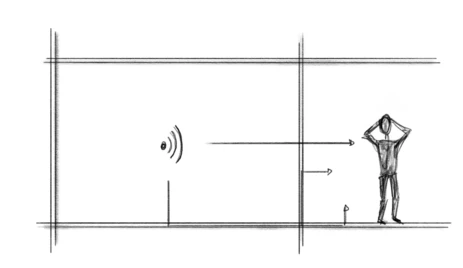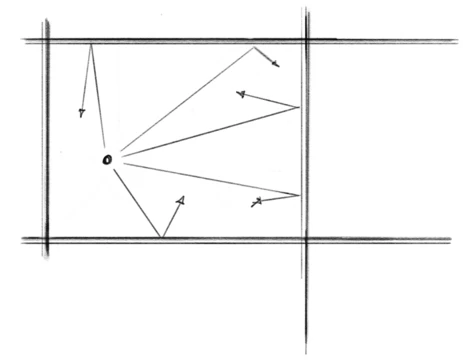Acoustics
Acoustics is represented in many scientific and engineering disciplines and, along with room and building acoustics, is one of the classical core areas of building physics. While room acoustics examines how sound behaves within a space, building acoustics focuses on sound insulation between adjacent rooms or buildings.
The goal of room acoustics is to create a pleasant sound environment adapted to the specific conditions. To meet these requirements, material properties as well as the geometry of rooms and surfaces are key variables. Applications range from common spaces such as offices, classrooms, and conference rooms to specialized environments for music and sound, like concert halls and recording studios.
In contrast, building acoustics centers around sound insulation and the transmission of sound across room boundaries. Measures such as multi-layer wall assemblies, floating screeds, and decoupled installations are well-known construction techniques. In residential construction, the primary aim is to ensure quiet for rest and sleep, as well as sufficient privacy.
Beyond these two core fields, building physics acoustics also includes additional areas of research and practice. Issues such as noise control in urban planning or industrial settings are just as much a part of building physics as questions concerning comfort and the ability to concentrate.

